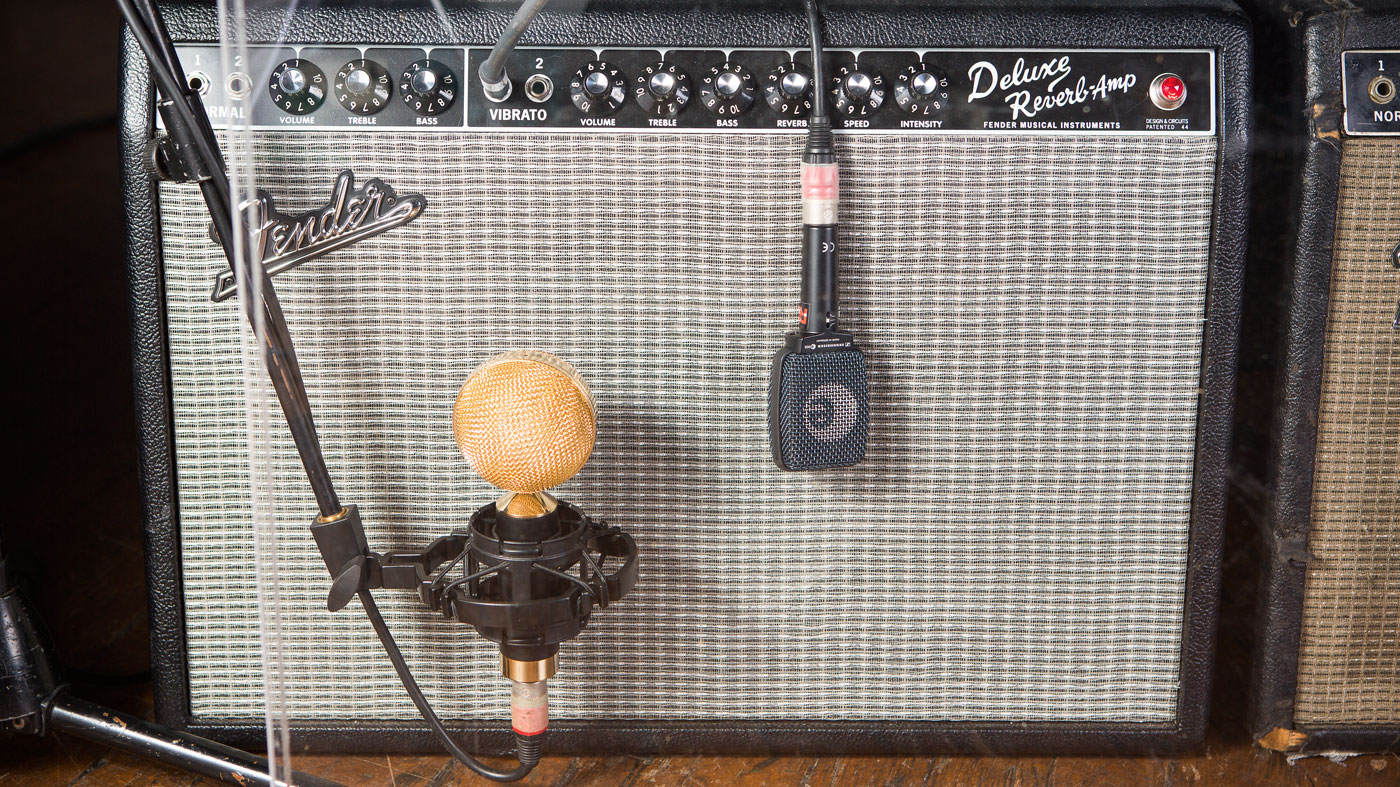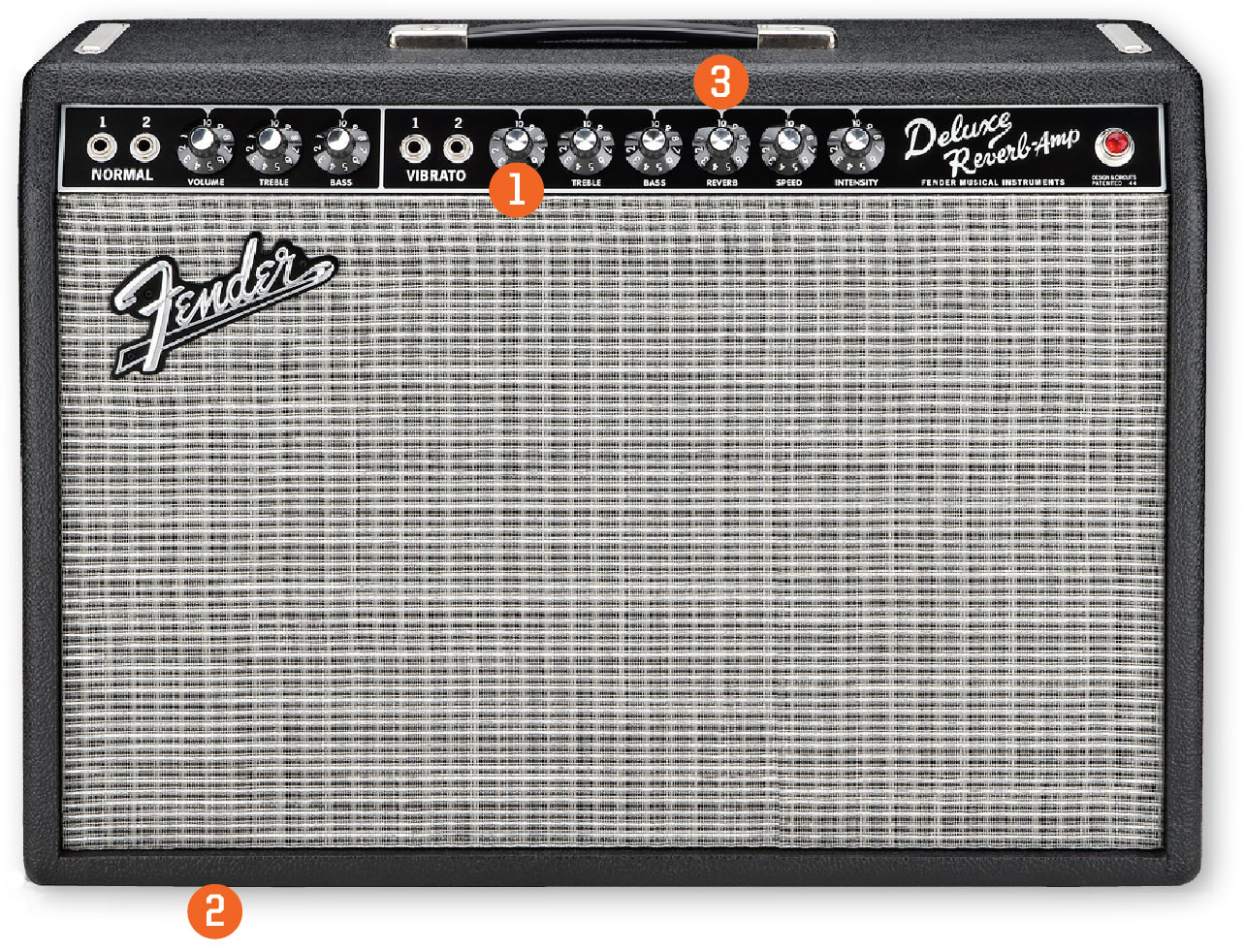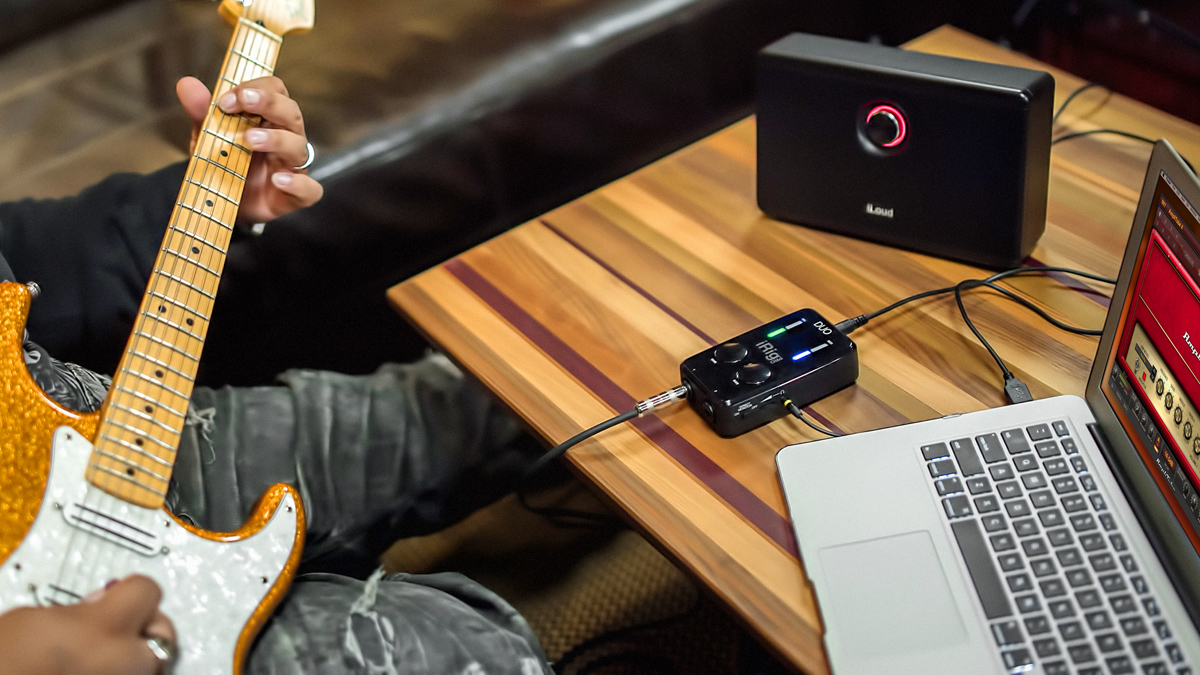How to get classic Fender Deluxe Reverb tones using guitar modelling
A stalwart since 1946 that also features a famously misnamed channel

Fender’s Deluxe Reverb is one of the most popular amps ever to come out of Fullerton.
The original Model 26 Deluxe was the very first Fender amp, introduced in 1946. It was followed by a succession of tweed versions in the 1950s, changing to the ‘brownface’ non-reverb circuit in 1961 with the new, front-facing angled control panel.
This was replaced with the best-known version: the ‘blackface’ Deluxe Reverb, which was made between 1963 and 1967, featuring two channels: normal and the misnamed vibrato (actually a tremolo). The valve-rectified AB763 circuit used a pair of 6V6GT output valves; meanwhile, the preamp was common across several different chassis styles, up to the 80-watt Twin Reverb.
In 1968 the cosmetics changed again to the less desirable ‘silverface’ amps (although early silverface models still have blackface circuits). Later models switched to a different output stage design intended to produce more clean headroom and a master volume was added. The silverface models ran until 1982, when the amp was replaced by the Deluxe Reverb II, which reverted to blackface cosmetics.
The Deluxe Reverb remains a favourite for small gigs; its low-ish 22 watt output is easy to crank into a sweet overdrive at sensible volume levels. Played clean, the sweet treble, scooped mids and tight bass response mixed with a dose of reverb and vibrato (tremolo) is instant Americana. Fender has a re-issue of the 1965 Deluxe Reverb, along with other versions taken from various points in the amp’s evolution.

1. Vibrato channel
Fender made a rare mistake labelling the Deluxe’s tremolo circuit as vibrato, which is pitch modulation. It just stuck, though, and Fender has called it that ever since. With a full complement of bass, mid and treble tone knobs, this is the classic ‘blackface’-era Fender control panel.
2. Rear control panel
No effects loops or fancy modern features, just a footswitch jack that toggles the vibrato and reverb effects. This re-issue model is quite faithful to the original and features a Jensen loudspeaker as well as a valve rectifier.
Get the MusicRadar Newsletter
Want all the hottest music and gear news, reviews, deals, features and more, direct to your inbox? Sign up here.
3. Reverb level control
The other signature feature of Fender’s ‘blackface’ range was the built-in spring reverb, which had previously only been available as a standalone effect. The Fender reverb goes from a subtle halo that sweetens single notes and chords, to a full-on Dick Dale surf.
Get the tone #1: the last hurrah

The version of Get Back immortalised by the iconic rooftop concert from 30 January 1969 was the last song of The Beatles’ final public performance.
Since the White Album, John and George had favoured Fender amplifiers, using a mix of Deluxe and Twin reverbs. Because the amps share the same preamp circuit, their sounds are practically identical. Note the soft drive and deep reverb.
- Reverb approx 500ms
Get the tone #2: truth teller

Jonny Lang has probably used most of the amplifiers we dream of, but the bluesman tends to stick with a pair of Deluxe Reverbs, which are pushed hard in the solo of his most famous hit, Lie To Me.
Lang often used Telecasters but these days he favours a Les Paul, so any guitar with humbuckers will come close. The wah features heavily in the studio version of the song.
- Reverb approx 400ms
Get the tone #3: Dan the man

On Peg, LA studio supremo Jay Graydon played one of Steely Dan’s most memorable solos using a ’63 Gibson ES-335 together with a Dan Armstrong Orange Squeezer compressor and a silverface Deluxe Reverb, which was modified by amp legend Paul Rivera to produce more gain at lower volume. Graydon’s tone is relatively easy to get – the notes, however, might take a little longer...
- Compression Medium
Mod squad
Find the Deluxe Reverb in your amp or software
- Line 6: Blackface Lux Vib/Nrm
- Fender Mustang GT: ’65 Deluxe Reverb
- IK Multimedia AmpliTube: ’65 Twin Reverb
- Native Instruments Guitar Rig: Twang Reverb
- Yamaha THR: Clean
- Blackstar ID: Clean Warm/6V6
- Vox Valvetronix: Black 2x12
- Marshall Code: CL American
Total Guitar is Europe's best-selling guitar magazine.
Every month we feature interviews with the biggest names and hottest new acts in guitar land, plus Guest Lessons from the stars.
Finally, our Rocked & Rated section is the place to go for reviews, round-ups and help setting up your guitars and gear.
Subscribe: http://bit.ly/totalguitar











